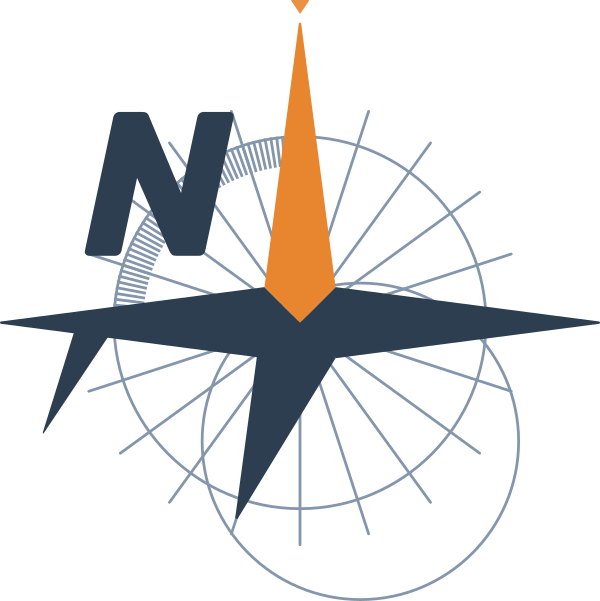Congratulations!
You have successfully completed our Introduction to Python course, and we are incredibly proud of your progress!
We started with the basics, introducing you to Python and the Google Colab platform.
You learned essential concepts like variables, bugs, dynamic typing, and basic syntax.
You explored data types, operators, and data structures such as lists, tuples, and dictionaries.
You mastered control flow with conditionals and loops, making your code efficient and dynamic.
You also learned how to create and use predefined and user-defined functions to organize and reuse your code.
You learned to read from and write files, a crucial skill for managing data in real-world applications.
You dove into object-oriented programming, defining classes, and working with attributes and methods.
You understood the power of modules and packages, learning to create, import, and utilize them effectively.
We introduced you to popular Python libraries like NumPy, Pandas, Scipy, and Pytorch, expanding your toolkit for data analysis and machine learning.
Finally, you successfully managed and analyzed an extensive dataset of 10,000 parametrized hull geometries. You learned how to clean the dataset, analyze it, and extract valuable insights.
So what’s next?
Your new knowledge opens up a world of possibilities.
You could pursue a career in data science, automate tasks you have been doing manually, or even explore the fascinating world of machine learning, which is revolutionizing industries worldwide.
Our suggestion is to choose a project that excites you so you can put some time into what you have learned. There are countless resources, including databases such as Kaggle and codes from others on GitHub and GitLab. Set achievable goals, and you will enjoy a steady stream of victories to keep you motivated.
Now, more than ever, we have infinite programming resources, forums about programming, and large language models such as ChatGPT at our fingertips. The path to coding has never been so open to everyone. With just the basics, you can utilize these resources to reach unthinkable goals.
Understanding these fundamental concepts is all you need to start your project and understand code from others. Mastering these basics truly opens up a new world of possibilities.
Remember, this is just the beginning; keep practicing, experimenting, and, most importantly, keep coding.
The future is bright, and your journey with Python has only just begun.

